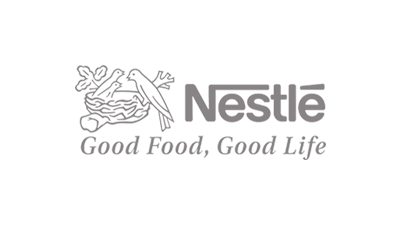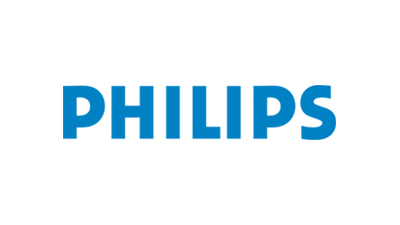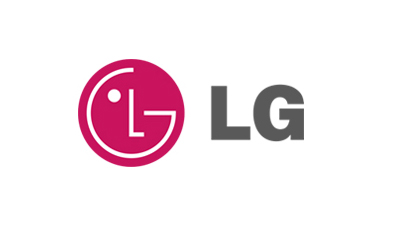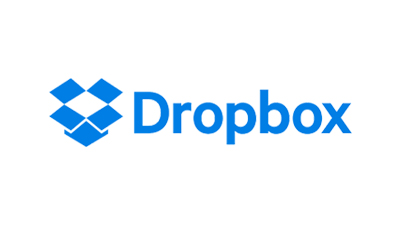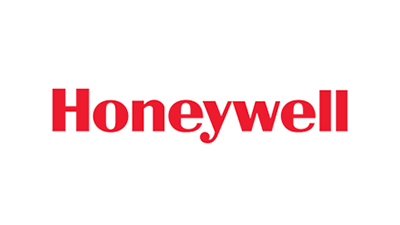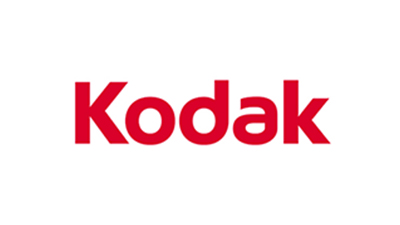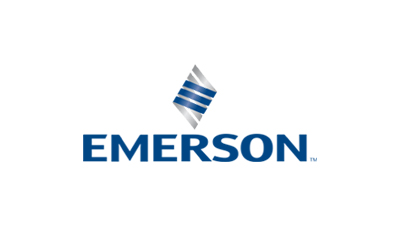Silicon rings for etching are mainly used on 8-12 inches (i.e., 200mm-300mm) plasma etcher. In the manufacturing process of integrated circuits, high-purity silicon components and wafers are made of silicon, which makes the electrical properties of etching more uniform, so silicon rings are widely used in semiconductor etchers. The periodic consumption of silicon ring products has become an important consumable component in the wafer processing process, which directly affects the electrical properties of the wafer. The main technical requirements of the silicon ring include electrical parameters (i.e., conductivity type, resistivity, and radial resistivity change), geometric size, crystallographic orientation, and degree of deviation from crystallographic orientation, oxygen content, carbon content, crystal defects, surface quality, surface roughness. This report aims to provide a comprehensive presentation of the global market for Silicon Ring, with both quantitative and qualitative analysis, to help readers develop business/growth strategies, assess the market competitive situation, analyze their position in the current marketplace, and make informed business decisions regarding Silicon Ring. This report contains market size and forecasts of Silicon Ring in global, including the following market information: Global Silicon Ring Market Revenue, 2018-2023, 2024-2029, ($ millions) Global Silicon Ring Market Sales, 2018-2023, 2024-2029, (K Units) Global top five Silicon Ring companies in 2022 (%) The global Silicon Ring market was valued at US$ 341.2 million in 2022 and is projected to reach US$ 736.9 million by 2029, at a CAGR of 11.6% during the forecast period. The influence of COVID-19 and the Russia-Ukraine War were considered while estimating market sizes. Global main manufacturers of silicon ring include Silfex, Hana Silicon and CoorsTek, etc. The top three players hold a share about 65%. South Korea is the largest producer, holds a share around 29%, followed by North America and China, with share 28% and 20%, separately. The largest market is Asia-Pacific, has a share about 68%, followed by North America and Europe, with around 21% and 8% market share respectively. MARKET MONITOR GLOBAL, INC (MMG) has surveyed the Silicon Ring manufacturers, suppliers, distributors and industry experts on this industry, involving the sales, revenue, demand, price change, product type, recent development and plan, industry trends, drivers, challenges, obstacles, and potential risks. Total Market by Segment: Global Silicon Ring Market, by Diameter, 2018-2023, 2024-2029 ($ Millions) & (K Units) Global Silicon Ring Market Segment Percentages, by Diameter, 2022 (%) 8 Inches 12 Inches Others Global Silicon Ring Market, by Application, 2018-2023, 2024-2029 ($ Millions) & (K Units) Global Silicon Ring Market Segment Percentages, by Application, 2022 (%) RF and Power Semiconductors Logic IC and Storage IC Others Global Silicon Ring Market, By Region and Country, 2018-2023, 2024-2029 ($ Millions) & (K Units) Global Silicon Ring Market Segment Percentages, By Region and Country, 2022 (%) North America US Canada Mexico Europe Germany France U.K. Italy Russia Nordic Countries Benelux Rest of Europe Asia China Japan South Korea Southeast Asia India Rest of Asia South America Brazil Argentina Rest of South America Middle East & Africa Turkey Israel Saudi Arabia UAE Rest of Middle East & Africa Competitor Analysis The report also provides analysis of leading market participants including: Key companies Silicon Ring revenues in global market, 2018-2023 (Estimated), ($ millions) Key companies Silicon Ring revenues share in global market, 2022 (%) Key companies Silicon Ring sales in global market, 2018-2023 (Estimated), (K Units) Key companies Silicon Ring sales share in global market, 2022 (%) Further, the report presents profiles of competitors in the market, key players include: Silfex Hana Silicon CoorsTek Thinkon Semiconductor Worldex Industry & Trading Grinm Semiconductor Mitsubishi Materials Outline of Major Chapters: Chapter 1: Introduces the definition of Silicon Ring, market overview. Chapter 2: Global Silicon Ring market size in revenue and volume. Chapter 3: Detailed analysis of Silicon Ring manufacturers competitive landscape, price, sales and revenue market share, latest development plan, merger, and acquisition information, etc. Chapter 4: Provides the analysis of various market segments by diameter, covering the market size and development potential of each market segment, to help readers find the blue ocean market in different market segments. Chapter 5: Provides the analysis of various market segments by application, covering the market size and development potential of each market segment, to help readers find the blue ocean market in different downstream markets. Chapter 6: Sales of Silicon Ring in regional level and country level. It provides a quantitative analysis of the market size and development potential of each region and its main countries and introduces the market development, future development prospects, market space of each country in the world. Chapter 7: Provides profiles of key players, introducing the basic situation of the main companies in the market in detail, including product sales, revenue, price, gross margin, product introduction, recent development, etc. Chapter 8: Global Silicon Ring capacity by region & country. Chapter 9: Introduces the market dynamics, latest developments of the market, the driving factors and restrictive factors of the market, the challenges and risks faced by manufacturers in the industry, and the analysis of relevant policies in the industry. Chapter 10: Analysis of industrial chain, including the upstream and downstream of the industry. Chapter 11: The main points and conclusions of the report.
1 Introduction to Research & Analysis Reports 1.1 Silicon Ring Market Definition 1.2 Market Segments 1.2.1 Market by Diameter 1.2.2 Market by Application 1.3 Global Silicon Ring Market Overview 1.4 Features & Benefits of This Report 1.5 Methodology & Sources of Information 1.5.1 Research Methodology 1.5.2 Research Process 1.5.3 Base Year


